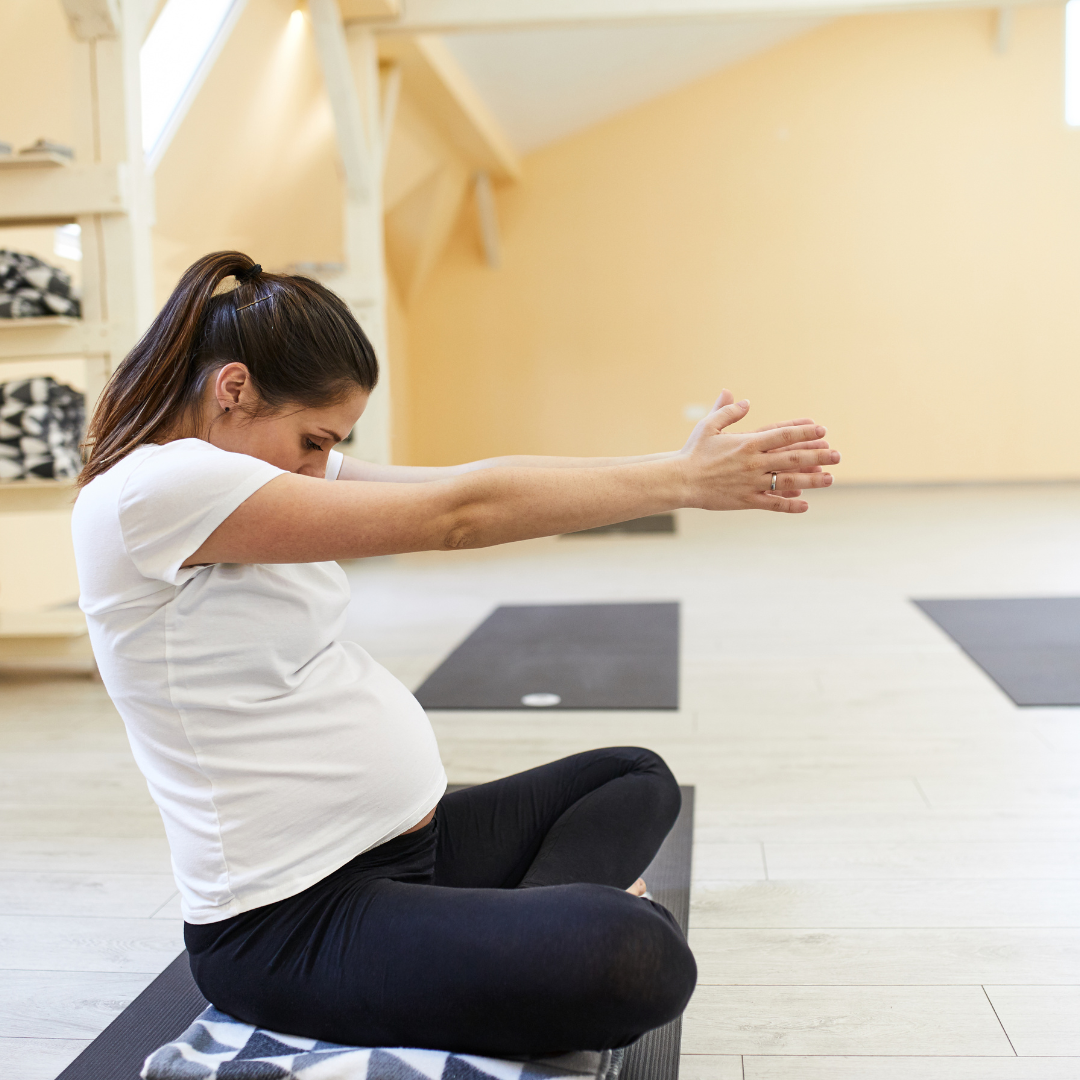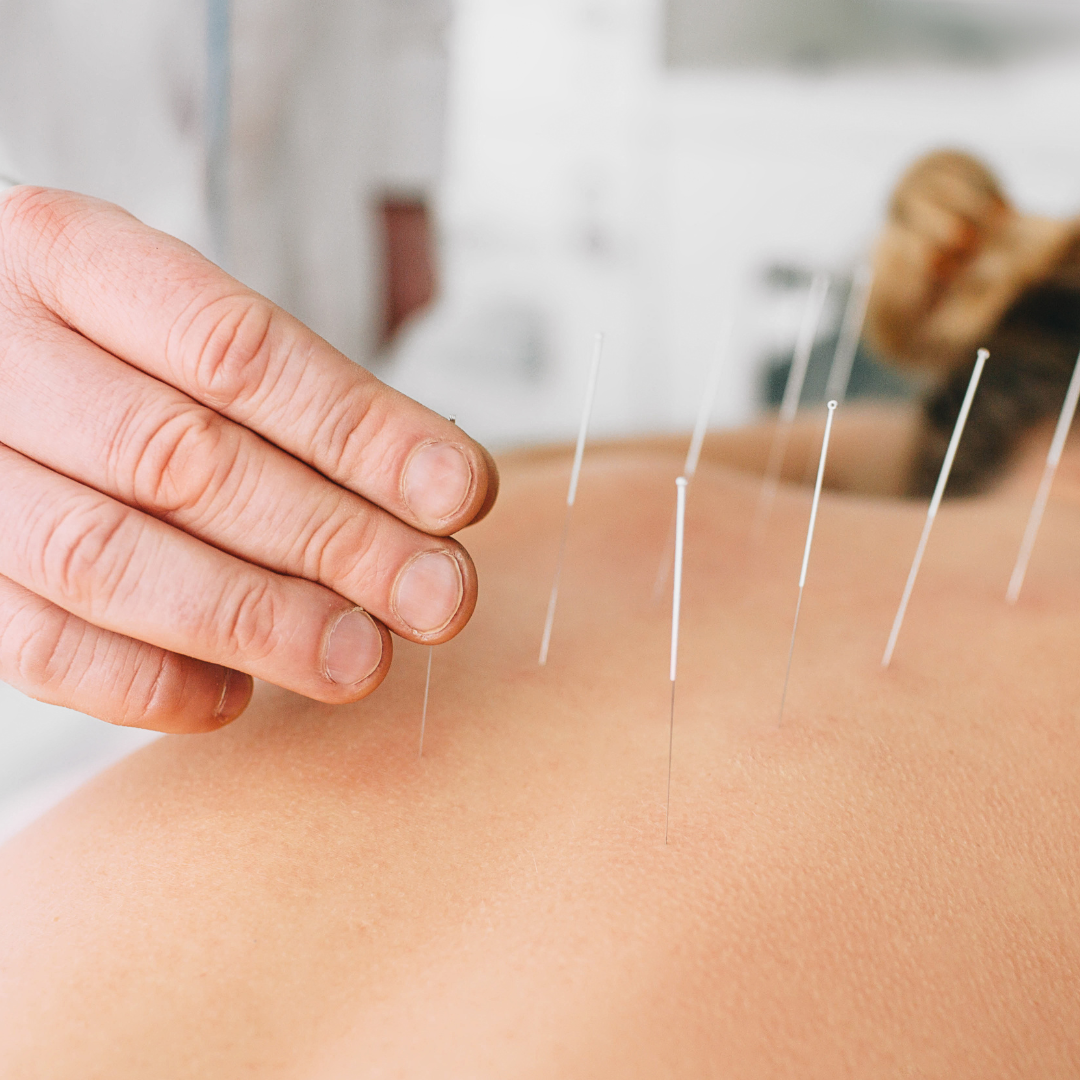The Elegant Approach to Managing Cramps in Your Second Trimester
UNDERSTANDING CRAMPS: WHAT CAUSES THEM AND WHY THEY'RE MORE COMMON IN THE SECOND TRIMESTER

THE SCIENCE BEHIND CRAMPS AND FETAL DEVELOPMENT
During the second trimester, it's common to experience cramps and sharp pains in the lower abdomen as your body adjusts to your growing baby. These sensations are often caused by the stretching of the uterus and supporting ligaments, particularly the round ligaments. As the uterus expands to make room for your baby, the round ligaments stretch, sometimes causing brief, sharp pains on one or both sides of the abdomen. This is known as round ligament pain and is generally harmless, a normal sign that your body is adapting to pregnancy.
HOW HORMONES AND PHYSICAL CHANGES CONTRIBUTE TO CRAMPS
Hormonal changes during pregnancy, especially the rise in progesterone, can lead to digestive issues like gas, bloating, and constipation, which may cause cramp-like discomfort in the abdomen. Additionally, your body produces more blood to support your growing baby, which can sometimes lead to leg cramps, particularly at night. These cramps can be intensified by dehydration or low levels of minerals such as calcium and magnesium, making proper hydration and nutrition essential during pregnancy.
NAVIGATING CRAMPS WITH GRACE: PROACTIVE MEASURES AND TIPS
EMBRACING A BALANCED DIET AND HYDRATION
Eating a balanced, nutrient‑rich diet can go a long way toward minimizing pregnancy cramps. Load up on fiber‑packed fruits, vegetables, and whole grains to keep your bowels moving smoothly and stave off constipation, which only intensifies abdominal discomfort. At the same time, sip steadily throughout the day aiming for around eight to ten glasses of water to support healthy digestion, prevent nighttime leg cramps, and soothe occasional uterine twinges. Finally, be sure to incorporate magnesium‑ and potassium‑rich foods like bananas, leafy greens, and nuts; these key minerals help your muscles relax and reduce the frequency and severity of cramps.
REGULAR EXERCISE AND STRETCHING: KEYS TO MAINTAINING COMFORT (image 1)
Gentle exercise is a great way to manage cramps during pregnancy. Activities like walking and swimming boost circulation, helping to reduce leg cramps and relieve pressure on your joints. Stretching, especially for the legs and lower back, can also ease muscle tension and discomfort. Prenatal yoga, with your doctor’s approval, offers gentle stretches and relaxation. Always listen to your body, take it slow and stop if you feel any pain or discomfort.

FINDING THE RIGHT SUPPORT NETWORK AND HEALTH CARE PROVIDER
Having a strong support system during pregnancy makes a big difference, especially when dealing with cramps and other discomforts. Whether it’s your partner, family, friends, or healthcare provider, don’t hesitate to share your concerns they can offer both emotional reassurance and practical tips. It’s also important to choose a trusted healthcare provider who listens and gives advice tailored to your needs. Regular check-ups help monitor your well-being and your baby’s growth. Joining a prenatal support group can also be comforting, as connecting with other expectant mothers provides shared experiences and helpful insights.
COMPLEMENTARY THERAPIES AND PRACTICES FOR RELIEF
THE ROLE OF YOGA AND MINDFULNESS IN MANAGING CRAMPS
Prenatal yoga is a gentle and effective way to manage pregnancy cramps. It combines light stretching, deep breathing, and mindfulness to relax tense muscles, ease discomfort, and reduce stress. Mindfulness practices like meditation can also help you stay present and better cope with cramping. Deep breathing can be calm during cramp episodes. Just be sure to consult your healthcare provider before starting, so they can guide you on safe poses for your stage of pregnancy.
ACUPUNCTURE AND MASSAGE: ANCIENT REMEDIES FOR MODERN MOMS (image 2)
Alternative therapies like acupuncture and prenatal massage can offer relief from pregnancy cramps. Acupuncture uses fine needles at specific points to ease discomfort, and some women find it helpful during pregnancy. Just be sure to choose a practitioner experienced with prenatal care. Similarly, prenatal massage can relax tight muscles and boost circulation, which may reduce cramps and overall aches. Always see a certified prenatal massage therapist to ensure the techniques used are safe for you and your baby.

While cramps are typical in the second trimester, severe or persistent pain should always be reported to your doctor to rule out any complications and ensure both your health and your baby’s well-being. By combining approaches like a balanced diet, gentle exercise, and complementary therapies such as acupuncture or prenatal massage, you can effectively manage cramps. This holistic approach helps you stay comfortable, allowing you to focus on the positive aspects of pregnancy and prepare for the exciting journey ahead.
